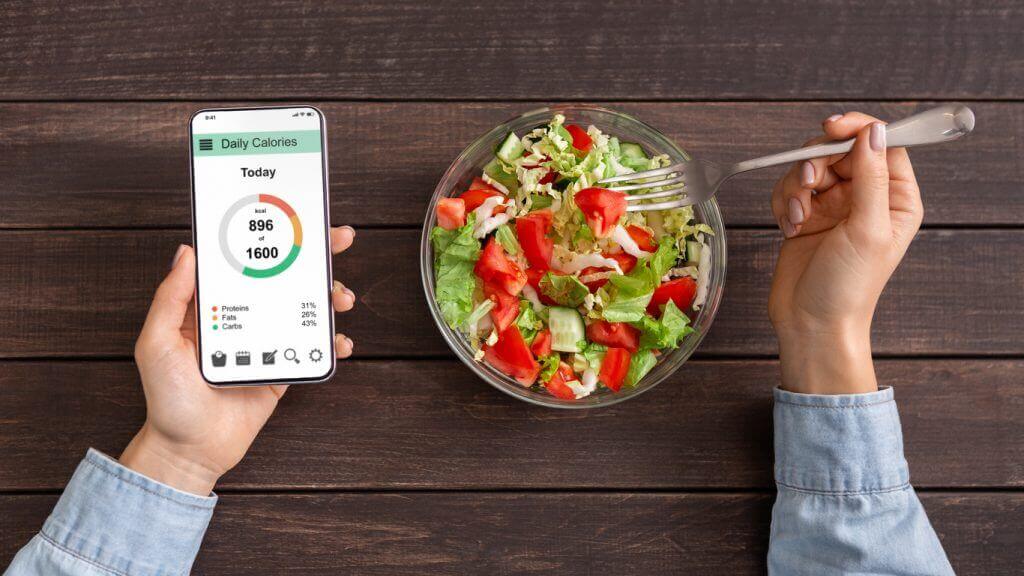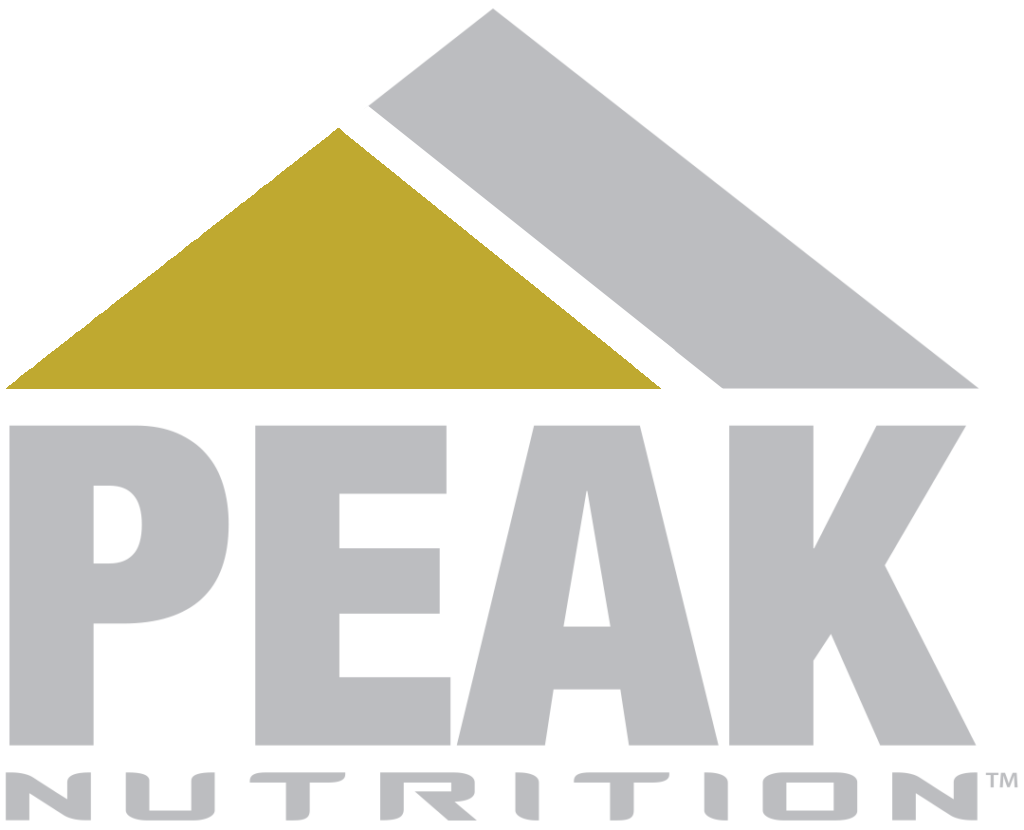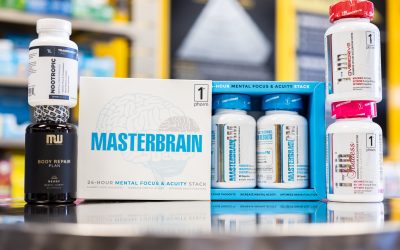How may calories should I eat?
I think it is fair to say that we have all heard of calories. They are located on every food label in America (and the world) and many of us take it as far as to count them.
Well, the question now becomes, when looking at those calories – how many calories should I be eating per day?
The U.S. Food & Drug Administration (FDA) recommends 2,000 calories per day on average but as we know, calorie needs may be higher or lower and vary depending on your age, sex, height, weight, and physical activity level AND goals.
![]()
What are calories made of?
To keep things simple, calories are made from three macronutrients: protein, carbohydrates, and fats. For every gram of protein, carb or fat, there is a calorie number associated with it. This then contributes to the total amount of calories in food.
Protein and carbohydrates have 4 calories per gram while fats have 9 calories per gram. As you can probably imagine, someone with a higher fat diet, has the tendency to exceed their calorie goal for the day.
Calories-In Vs. Calories-Out
You put food into your body, those are calories in. You burn calories each day – those are calories out. Your body burns a certain number of calories at rest every single day. This number is what’s known as your basal metabolic rate. If you were to sit on the couch all day tomorrow and do nothing, your body would burn a certain number of calories.
To figure out how many calories your body needs in order to maintain your current status (calories in) you factor in what you do for work (are you sitting all day, etc.), exercise activity, and non-exercise activity like fidgeting/body movement.

How to calculate how many calories you burn at rest?
Using a TDEE Calculator can give you a good idea of where you should be for your maintenance calories if you do not have access to a machine that can measure your basal metabolic rate.
If you are lucky enough to have access to a machine that measures BMR, like an Inbody machine, that is going to be an extremely accurate way of measuring exactly what you need to hit your goals.
Caloric Surplus Vs. Caloric Deficit
Now that you understand what you need to do to maintain, you have to adjust that number for your goal.
Calories over your maintenance puts us in a caloric surplus, resulting in increased muscle mass. Calories under your maintenance puts us in a caloric deficit, resulting in decreased body fat.

Getting the best results
Regardless of goal, the best way to get results is to track. If you want to get stronger, you should track your workouts and weights each time you exercise. If you want to improve your finances, you have to budget and keep track of your spending.
The same goes for nutrition.
You wouldn’t make a trip cross country without a map or GPS. The chances of you getting lost or at least the trip taking much longer than necessary is highly probable.
If you are trying to put on muscle but don’t know how many calories to eat to get there, chances of you hitting your goal efficiently are pretty slim.
If you need help, have questions, or need access to an InBody machine, stop by any Peak Nutrition location. Our goal is to GET YOU RESULTS.
If you found this blog helpful, make sure to follow us on Instagram @peakAZ for more tips and tricks, and come visit us at one of our store locations!





0 Comments